Alderman, A; Gutowski, K; Ahuja, A; Gray, D.
Plastic & Reconstructive Surgery – October 2014 – Volume 134 – Issue 4 – p 648e–655e
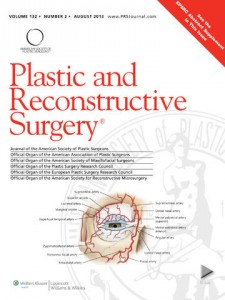 In March of 2013, the Executive Committee of the American Society of Plastic Surgeons approved an evidence-based guideline on breast reconstruction with expanders and implants, as developed by a guideline-specific work group commissioned by the society’s Health Policy Committee. The guideline addresses ten clinical questions: patient education, immediate versus delayed reconstruction, risk factors, radiation therapy, chemotherapy, hormonal therapy, antibiotic prophylaxis, acellular dermal matrix, monitoring for cancer recurrence, and oncologic outcomes associated with implant-based reconstruction.
In March of 2013, the Executive Committee of the American Society of Plastic Surgeons approved an evidence-based guideline on breast reconstruction with expanders and implants, as developed by a guideline-specific work group commissioned by the society’s Health Policy Committee. The guideline addresses ten clinical questions: patient education, immediate versus delayed reconstruction, risk factors, radiation therapy, chemotherapy, hormonal therapy, antibiotic prophylaxis, acellular dermal matrix, monitoring for cancer recurrence, and oncologic outcomes associated with implant-based reconstruction.
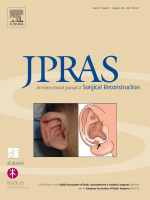 Patient reported outcomes and quality of life following mastectomy are not well understood. This study evaluates the quality of life following surgery for breast cancer and compares outcomes following breast conserving surgery versus total mastectomy with or without reconstruction.
Patient reported outcomes and quality of life following mastectomy are not well understood. This study evaluates the quality of life following surgery for breast cancer and compares outcomes following breast conserving surgery versus total mastectomy with or without reconstruction.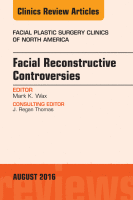 Reconstruction of severe facial deformities poses a unique surgical challenge: restoring the aesthetic form and function of the face. Facial transplantation has emerged over the last decade as an option for reconstruction of these defects in carefully selected patients. As the world experience with facial transplantation grows, debate remains regarding whether such a highly technical, resource-intensive procedure is warranted, all to improve quality of life but not necessarily prolong it. This article reviews the current state of facial transplantation with focus on the current controversies and challenges, with particular attention to issues of technique, immunology, and ethics.
Reconstruction of severe facial deformities poses a unique surgical challenge: restoring the aesthetic form and function of the face. Facial transplantation has emerged over the last decade as an option for reconstruction of these defects in carefully selected patients. As the world experience with facial transplantation grows, debate remains regarding whether such a highly technical, resource-intensive procedure is warranted, all to improve quality of life but not necessarily prolong it. This article reviews the current state of facial transplantation with focus on the current controversies and challenges, with particular attention to issues of technique, immunology, and ethics.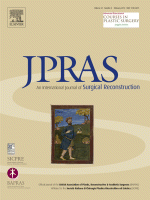
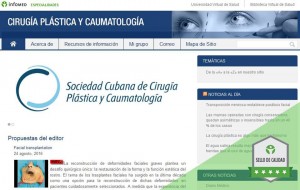

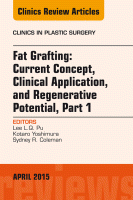 The author started injecting large quantities of fat in the breasts, thighs, and buttocks in 1985. The Brazilian Buttock technique was first presented in 1987; since then, the author has been writing and lecturing about it worldwide. In the past few years, the technique became very popular; it has changed the ideal of beauty in many countries. Recently, the author started using adipose-derived stem cell–based therapies for buttock augmentation to improve the results of fat graft survival.
The author started injecting large quantities of fat in the breasts, thighs, and buttocks in 1985. The Brazilian Buttock technique was first presented in 1987; since then, the author has been writing and lecturing about it worldwide. In the past few years, the technique became very popular; it has changed the ideal of beauty in many countries. Recently, the author started using adipose-derived stem cell–based therapies for buttock augmentation to improve the results of fat graft survival.

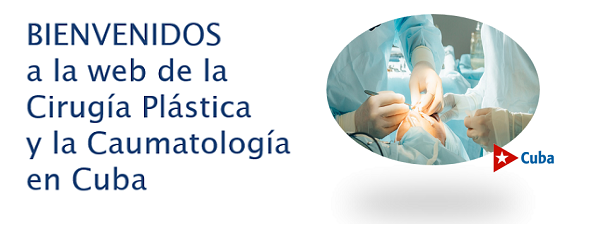

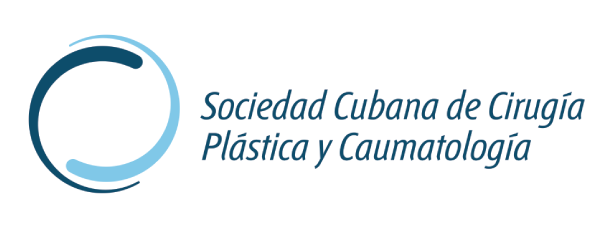

 Sitio web publicado el
Sitio web publicado el
Los lectores comentan